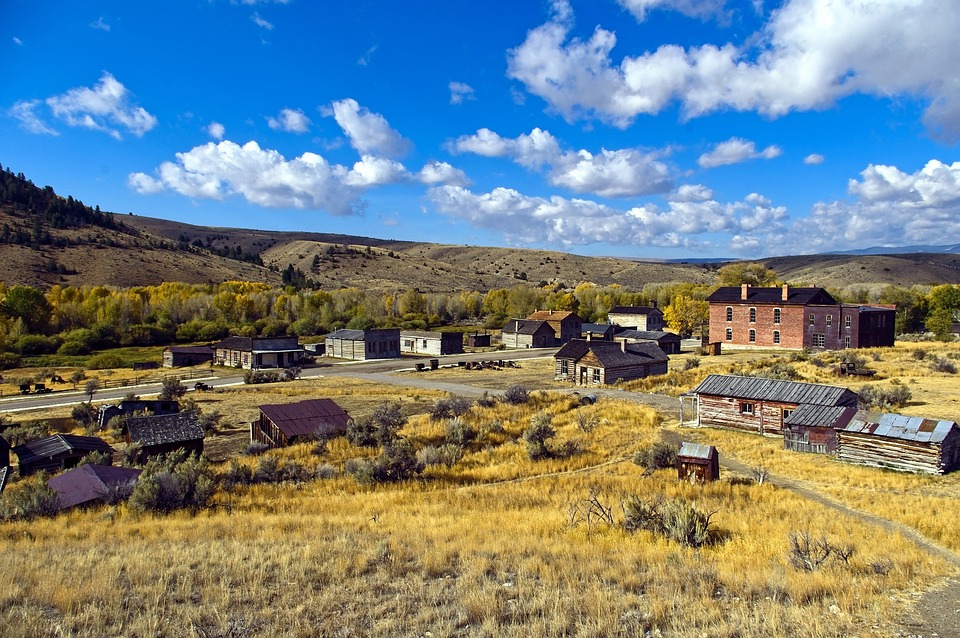Preserving Your Legacy: Strategies for Documenting and Sharing Your Story
One of the most important aspects of our lives is our story. It shapes who we are, where we come from, and where we’re headed. Preserving and sharing your story is crucial for passing down your legacy to future generations. Here are some strategies to help you document and share your story:
1. Start by reflecting on your life
Before you can document your story, take some time to reflect on your life’s journey. Consider the milestones, challenges, and experiences that have shaped you. Think about your values, beliefs, and accomplishments. By reflecting on your life, you can identify the key elements that you want to include in your story.
2. Gather important documents and memorabilia
Collect important documents and memorabilia that represent significant moments in your life. This could include birth certificates, marriage licenses, diplomas, photos, letters, and other keepsakes. These items can help bring your story to life and provide additional context for future generations.
3. Create a timeline of key events
Organize your story by creating a timeline of key events in your life. Start with your birth and childhood, then move on to significant milestones like graduations, marriages, career achievements, and other important moments. This timeline can serve as a guide for documenting your story in a structured way.
4. Write a personal biography
One of the most common ways to document your story is by writing a personal biography. This can be a simple narrative of your life, starting from your earliest memories and ending with your current experiences. Share details about your family, education, career, hobbies, and any other aspects that define who you are.
5. Record an oral history
Another effective way to preserve your legacy is by recording an oral history. This involves sharing your story through spoken word, either by narrating your own experiences or by participating in an interview with a family member or professional historian. Audio recordings can capture your voice, tone, and emotions in a way that written words cannot.
6. Create a visual legacy
Incorporate visual elements into your story to create a more engaging and interactive experience. Consider creating a photo album, scrapbook, or video montage that showcases important moments in your life. These visual aids can help bring your story to life and make it more accessible to younger generations.
7. Share your story with loved ones
Once you have documented your story, it’s important to share it with your loved ones. This could be through a family gathering, a written memoir, a digital presentation, or a virtual archive. By sharing your story with others, you can ensure that your legacy lives on and that future generations will have a deeper understanding of who you are and where you come from.
8. Preserve your story for future generations
To ensure that your legacy is preserved for future generations, consider archiving your story in a safe and accessible format. This could be through a physical book, a digital file, a website, or a memory box. By preserving your story in a tangible way, you can pass down your legacy to your descendants and ensure that your experiences are remembered for years to come.
The Importance of Documenting and Sharing Your Story
Documenting and sharing your story is about more than just preserving your personal history. It is a way to connect with your roots, honor your experiences, and leave a lasting impact on future generations. By taking the time to reflect on your life, gather important documents, and create a meaningful narrative, you can ensure that your legacy is passed down for years to come.
Sharing your story with loved ones can also strengthen family bonds, foster a sense of connection, and provide future generations with a deeper understanding of their own heritage. By documenting and sharing your story, you are contributing to a rich tapestry of experiences that can inspire, educate, and empower those who come after you.
So, take the time to preserve your legacy. Whether through writing, recording, creating visuals, or sharing with loved ones, there are countless ways to document and share your story. By doing so, you can ensure that your voice is heard, your experiences are remembered, and your legacy lives on for generations to come.
Start today and begin the journey of preserving your legacy for the future.
